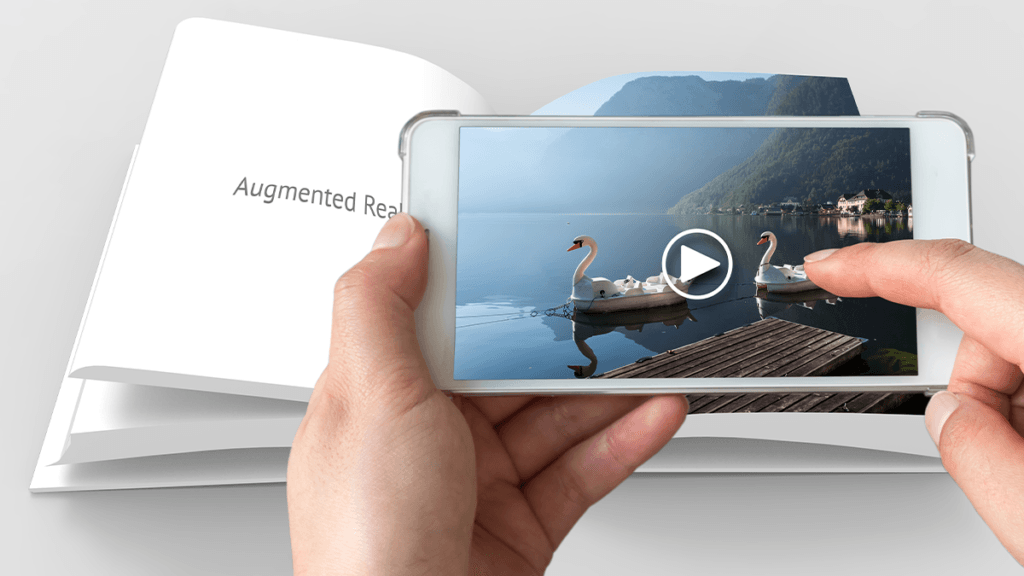AR and the future of social media advertising

The way AR is now able to link the digital and physical worlds is now having a profound effect on how brands interact with customers on social media. Digital giants like Snapchat and Facebook are cashing in on consumers passion for AR with ads and branded experiences. This opens a new world for brands to use a new kind of creativity and immersive storytelling in order for them to reach consumers in a way that they can identify with and respond to. The use of AR marketing in mobile applications looks set to increase.
The incorporation of Augmented Reality in social media is in relatively early stages, however such an immersive technology is becoming increasingly difficult for major brands to ignore. It is a fun, memorable, unique and easy way to integrate a brand into the lives of consumers, which has the capability to catalyze the way brands increase sales, consumer engagement and brand awareness.
It is expected that AR adverts will generate over $13 billion in revenue by 2022 and thus, make up for more than 12% of all mobile advertising revenue. It is imperative that major brands devise their AR strategies now to ensure an advantage in the market.
The number of AR users is expected to exceed 1 billion by 2022. Social media advertising is rapidly becoming the consumer option for mobile AR experiences. Such an acceptance amongst consumers demonstrates why brands should push and embrace this technology. There is a need for them to enhance their social strategies and it is already proving to be an effective channel for engaging with consumers and widening their reach.
There are three main goals that brands want to achieve when they implement AR into their social media strategies: escalate converted sales and downloads, drive consumer engagement, and lift brand awareness. With the rapidly evolving digital sphere, technology is continuously improving; this will play a critical role in driving brands’ AR usage within the world of social media advertising.
Brands and marketers will have new ways to promote themselves and their products or services in unique, exciting and engaging ways:
- AR virtual stores on social media: consumers are already able to buy products via social media, however with AR, this has the potential to turn into a more engaging and immersive experience. People will not even need to visit a brand’s physical store any longer. They will be able to step into a virtual store, try out products and then purchase them directly online. It will be very interesting to see how many impulse purchases this will lead to.
- AR and live events: what if we were able to attend an event without moving from the comfort of our own homes? Or play AR games with other fans? This technology is actually already being implemented by different organisations and brands such as the PGA Tour, for example; fans could download the AR app and begin to engage with the event and the ShotLink player data in unique ways – all they really need is their phone, the app and a flat surface.
- AR videos: brands will be able to further interact with their audiences by building immersive AR videos. There are numerous ways that they are able to use these videos, such as showing customers how to use their products or how to utilise them in the best possible way. If someone is selling a service of any kind, AR videos can help show people what the user experience would be like if they purchased the service.
More brand awareness: a great AR experience is highly shareable. Meaning, if you create amazing AR experiences for your audience (such as lenses, games and other interactive AR experiences), people will want to share the results with their audience – this is incredible news for brands and marketers as it’s basically word-of-mouth and UGC (user generated content) on steroids
